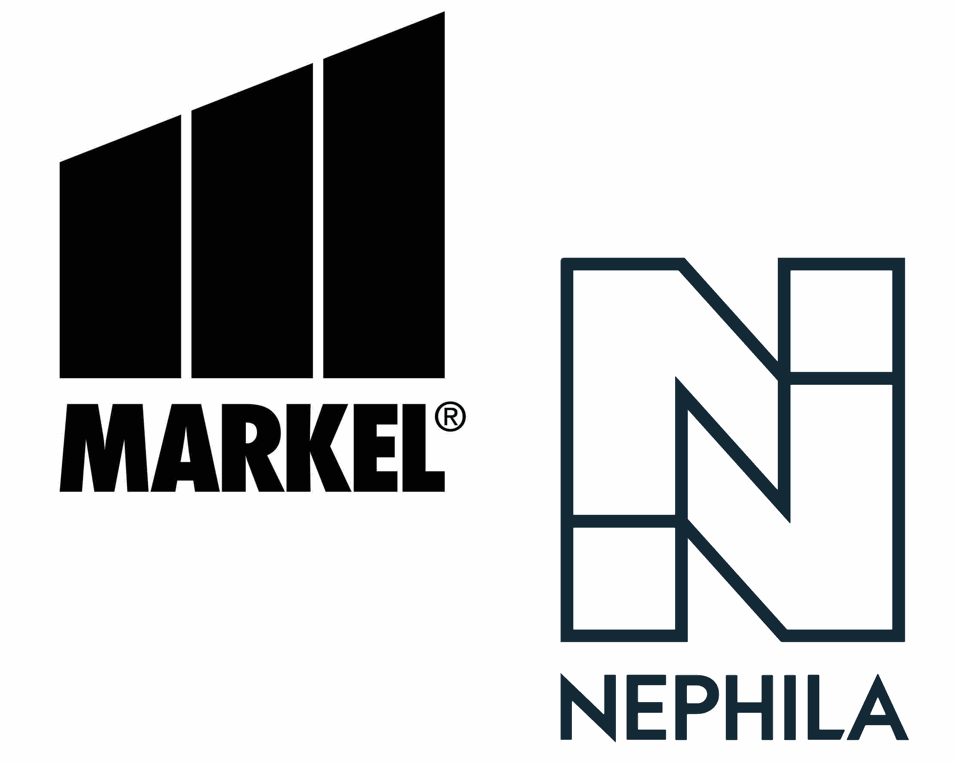Markel cat program premiums ceded to Nephila rose 67% in 2021

Markel continues to drive increasing volumes of catastrophe exposed property business through the reinsurance vehicles owned by its insurance-linked securities (ILS) manager Nephila Capital, with the amount of premium ceded through such programs rising 67% year-on-year in 2021.
Markel’s program services and fronting businesses have been ceding increasing amounts of property catastrophe premium to Nephila reinsurers in recent years, as the parent’s appetite for catastrophe exposure declined alongside a realisation than these often sit better on more efficient, third-party capital
These premiums are sourced through insurance policies written and fronted by Markel program service entities, including its State National unit, then ceded to Nephila’s reinsurance vehicles, including its Lloyd’s Syndicate 2357 and other reinsurance entities in Bermuda.
This allows Nephila to use Markel’s licensed insurance companies to write U.S. catastrophe exposed property risk that is then ceded to Nephila reinsurers and backed with its third-party investor sourced reinsurance capital.
Premiums ceded from Markel’s program and fronting entities to Nephila’s reinsurers in 2021 reached a new high of $689.2 million, up 67% from the $412.4 million ceded in 2020.
Because of this growth, Markel reported a significant increase in reinsurance recoverables due from Nephila owned reinsurance vehicles, which reached $751 million at the end of 2021, up and more than doubled from $353.8 million a year earlier.
Markel retains some aggregate tail risk across this ceded premium, but only attaching a level where it does not expect losses will exceed.
The growth in this program services related catastrophe business that flows to reinsurance capital controlled by Nephila, is another example of how Markel is integrating the ILS management operations within its broader business.
The fact this segment has grown so much, perhaps also suggests one reason why the sale of Nephila’s MGA Velocity Risk was deemed an appropriate move at this time, as it’s clear significant catastrophe premium is being sourced through other program and fronted routes outside of Velocity alone.
With rates having continued to improve in insurance, while reinsurance is also hardening, Nephila’s market infrastructure alongside Markel’s program services and fronting capabilities, makes for a compelling and efficient mouse-trap for risk.
The efficiency of the mechanism through which Nephila Capital accesses this business via its parent and makes use of its global reinsurance platform, to flow premium as efficiently as possible to its range of ILS funds and investors, can only help to optimise the return-potential of such portfolios.
All of which means the expense taken out of the premiums should be lower than a traditional risk-to-capital market chain, elevating the chances of driving higher profits longer-term, which should also allow additional benefits to be driven to the original insurance buyer as well.
Also read: Markel values stake in sale of Nephila’s MGA Velocity Risk at $180m.






